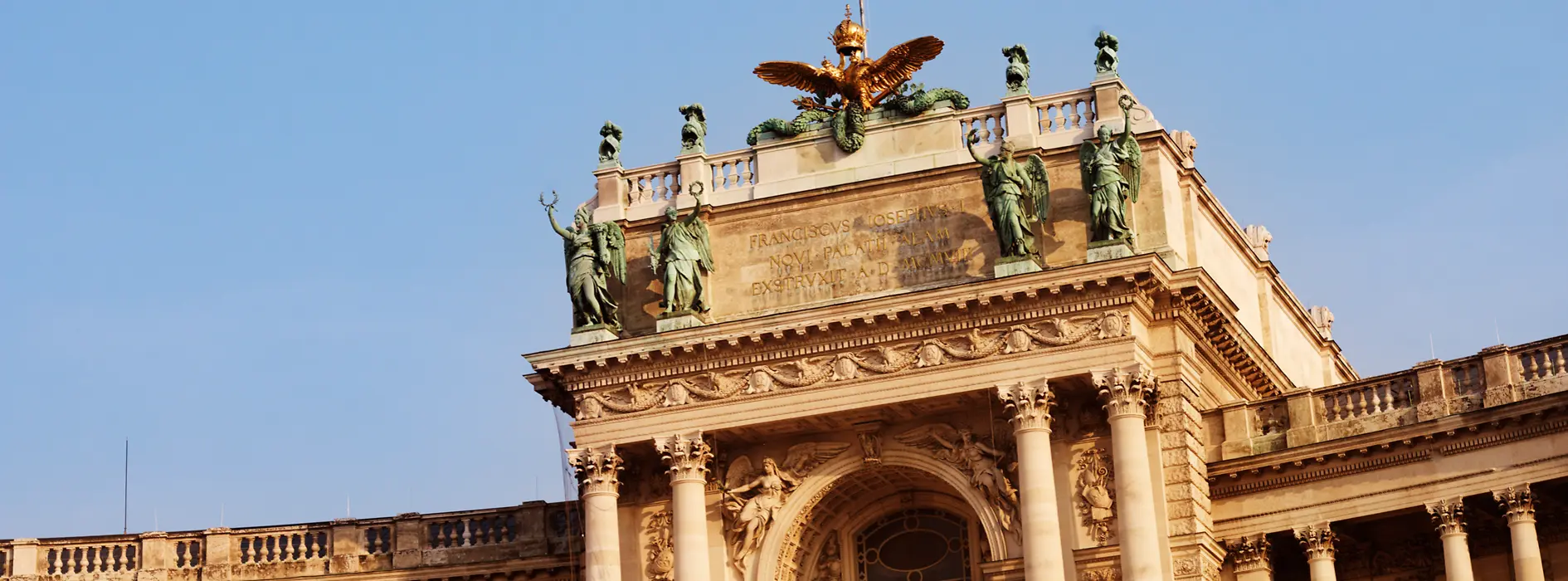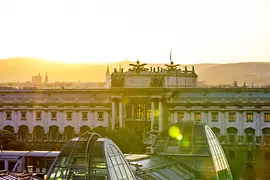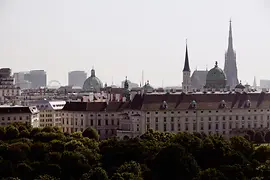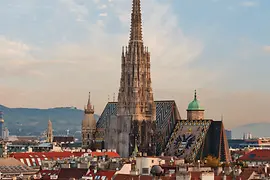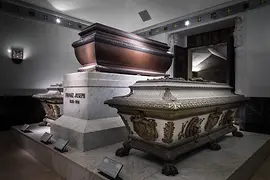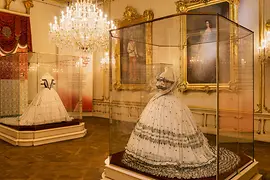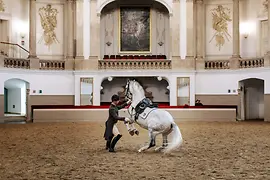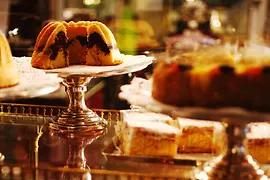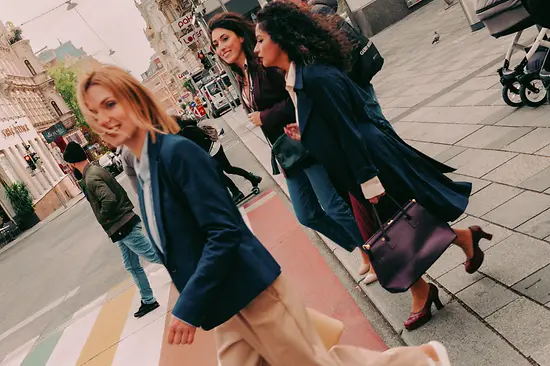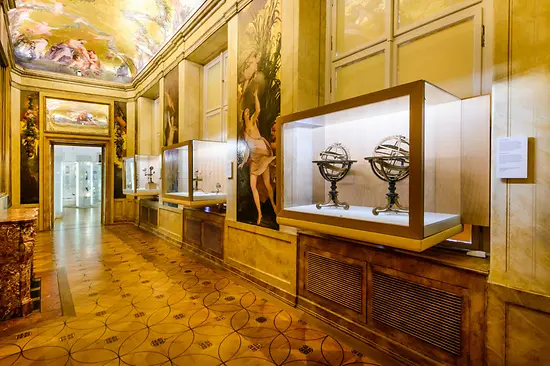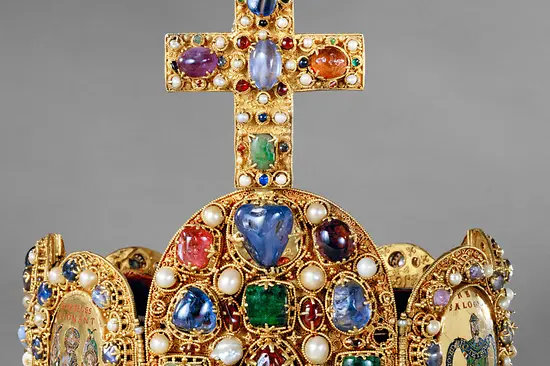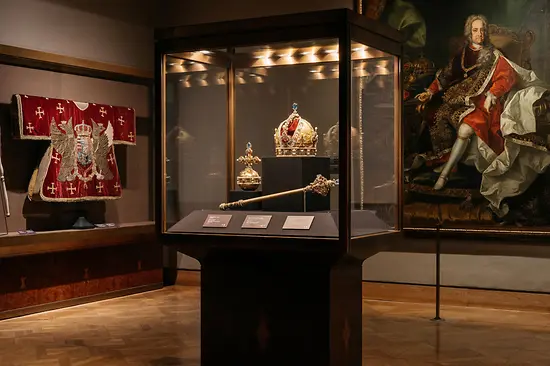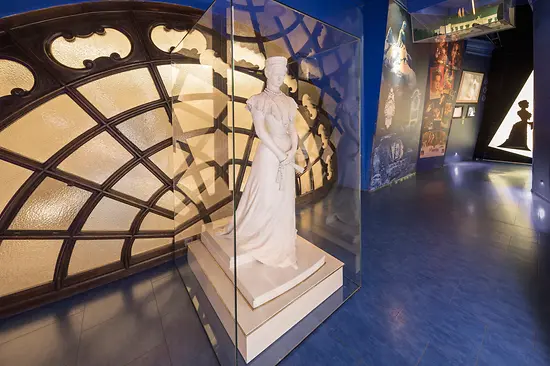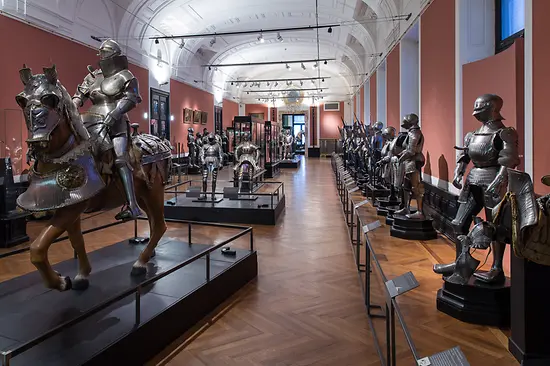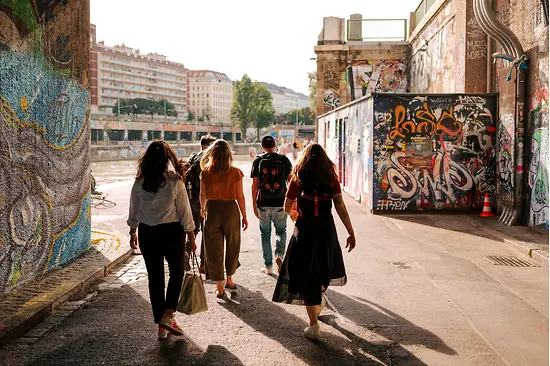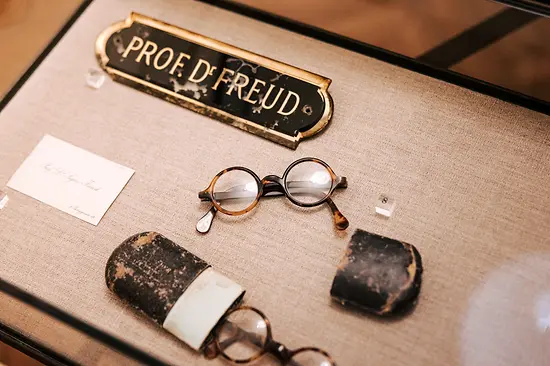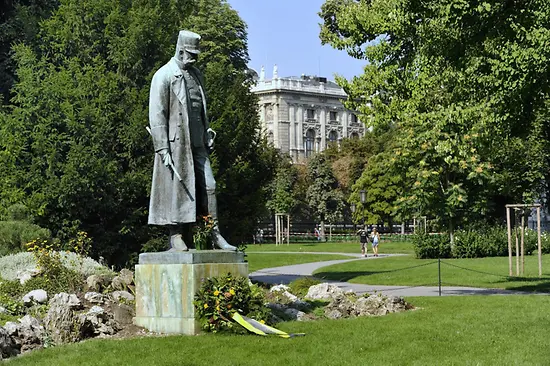In the Footsteps of the Habsburgs
The starting point of the Habsburg walk is St. Stephan's Cathedral in the heart of the old city. The first buildings were built in the 12th century. The cathedral received its current form in the Gothic style only in the 14th century. This is where the historic "Viennese double wedding" was held, which brought the Habsburgs the Hungarian and Bohemian crowns.
From St. Stephen's Cathedral, walk along Kärntner Straße and Marco-d'Aviano-Gasse to Neuer Markt. Here, in the Imperial Crypt beneath the Capuchin Church, are the most important tombs of the Habsburgs. Since 1633, 149 members of the dynasty have been buried here.
Along Plankengasse and Dorotheergasse you come to the Church of the Augustinian Friars. This "private church" of the Habsburgs is where Emperor Franz Joseph and Sisi married in 1854. The church also accommodates the so-called "Heart Crypt" of the Habsburgs. A total of 54 hearts of members of the imperial family were buried in the Loreto chapel between 1654 and 1878.
For many centuries, the imperial palace of Vienna was the power center of the Habsburgs. The treasure chamber, Sisi Museum, imperial apartments, imperial silver collection and Spanish Riding School provide evidence of this today.
Across the Albertinaplaz and the palace garden, which was built for the imperial family in 1818, you come to the former power center of the Habsburgs: the Vienna Imperial Palace. The Treasuries are located in the Schweizerhof. Here you will find not only the more than 1,000 year-old crown of the Holy Roman Empire of the German Nation, but also the Austrian imperial crown, the Burgundian treasure, and the treasure of the Order of the Golden Fleece.
A few steps further along, under the cupola of St. Michael's Church, you will find the Sisi Museum, the Imperial Apartments and the Imperial Silver Collection. In the former private chambers of Franz Joseph and Sisi, you can see original furniture, exquisite table silver and private objects of the Habsburgs. Directly across the way is the entrance to the Spanish Riding School. This is where the world-renowned Lipizzaners inspire their audience. Emperor Carl VI had the winter riding school in the Imperial Palace built between 1729 and 1735 by Josef Emanual Fischer von Erlach.
Just a stone's throw from the Michaelertor begins Vienna's finest shopping street, the Kohlmarkt. This is where the Habsburg Tour ends. The best thing to do is to celebrate with coffee and cake at Demel (Kohlmarkt 14). This one-time imperial court bakery supplied the imperial household with sweets. Even the slim Sisi could not resist the lilac-colored violet ice cream produced here...
For more information on the imperial Habsburg family, see the home page "The World of Habsburgs".
